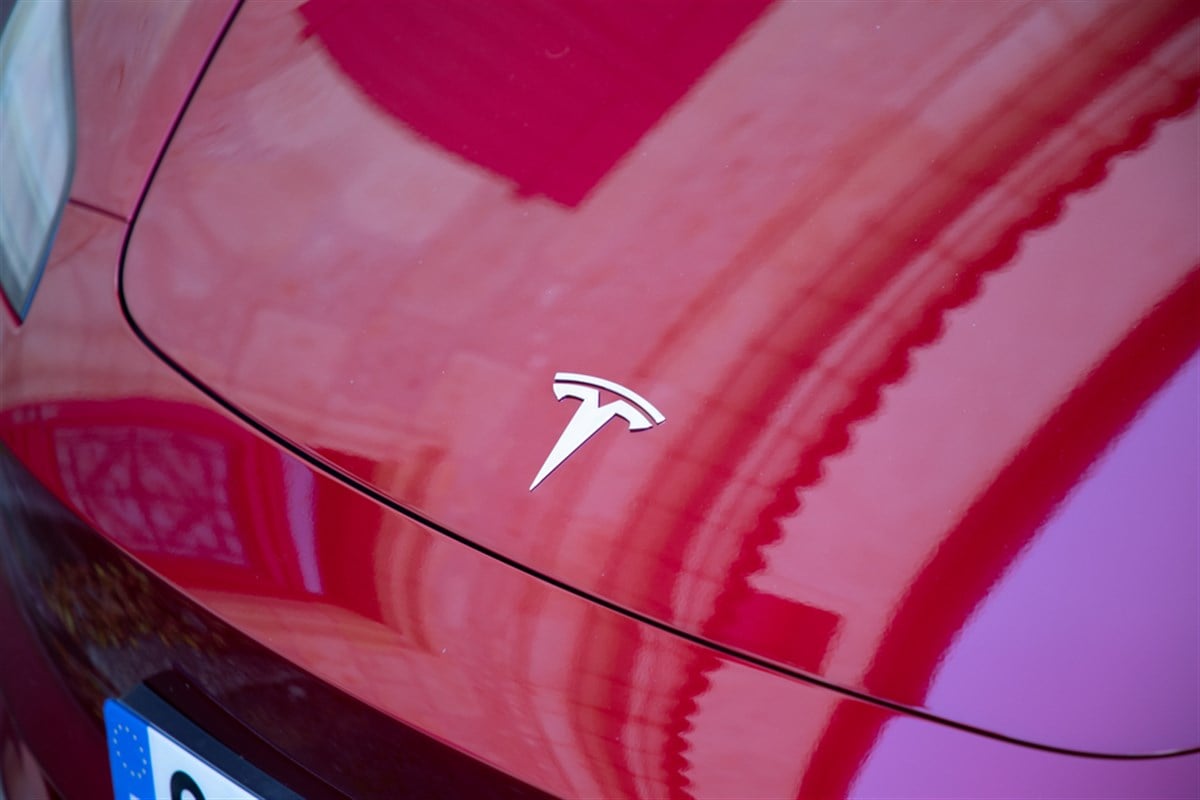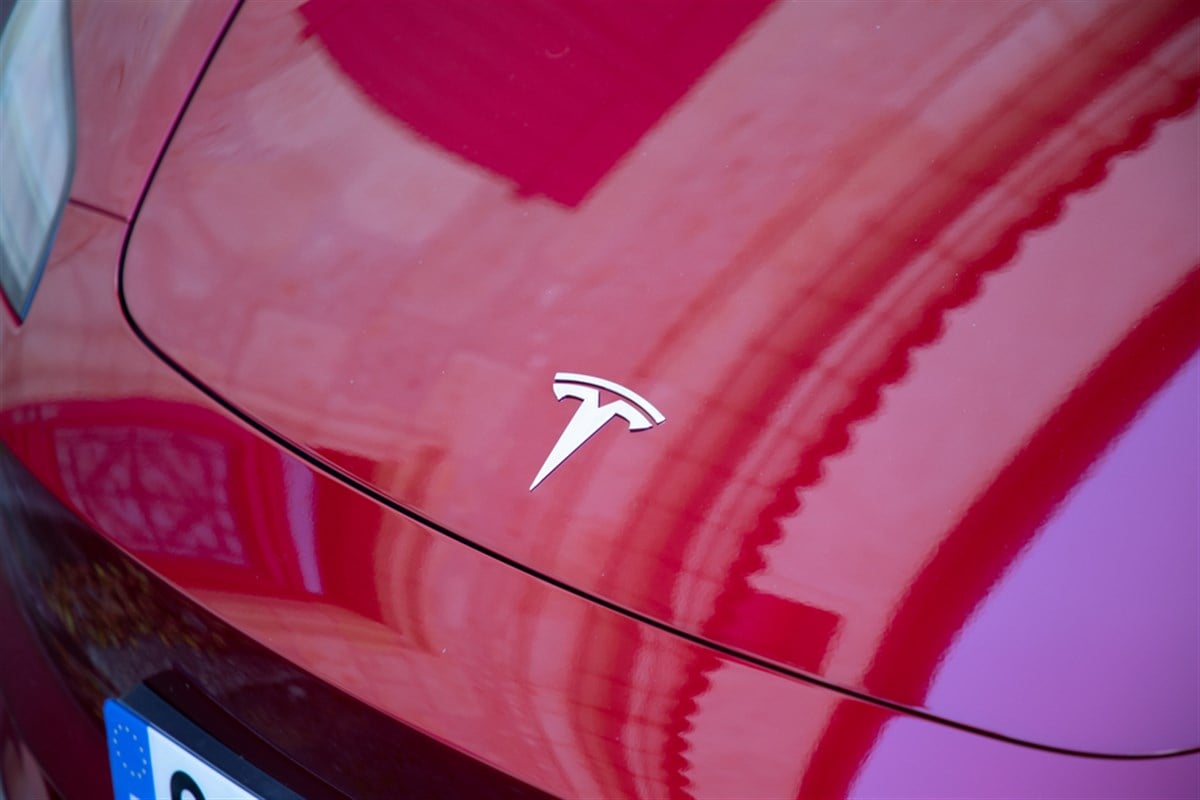

Tesla (NASDAQ: TSLA) has navigated complex operational and environmental challenges in the past few months. These challenges have led to a 13% drop in Tesla’s stock price over the last thirty days. This combination of factors, ranging from supply chain disruptions to strategic pricing changes and technological obstacles in extreme weather conditions, has raised concerns about the company’s growth trajectory and has drawn the attention of investors and analysts. Tesla’s upcoming Q4 earnings report and FY2024 guidance are eagerly awaited, as they are crucial in assessing Tesla’s future in the fast-changing electric vehicle industry.
Stock slides amid operational obstacles navigating the cold snap
The recent challenges placing Tesla in the headlines, including operational disruptions, strategic market adjustments, and technological limitations in cold weather, have impacted its stock price, contributing to a 13% decline in the past thirty days. Tesla’s analysts are concerned about business growth, which has shown signs of deterioration in recent quarters. This, combined with the company’s high valuation, makes some analysts cautious about Tesla’s stock in the medium term.
Despite these concerns, Tesla’s diverse business operations beyond just manufacturing cars offer some optimism. Its advancements in other areas, like energy solutions and technology innovations, provide potential growth avenues. However, the company’s core focus on car manufacturing is subject to market cyclicality, which currently does not favor bullish sentiments.
Investors eagerly anticipate the release of the Q4 earnings report and guidance for the fiscal year 2024, as it will impact the company’s stock valuation. Manufacturing efficiency and the number of vehicles manufactured are pivotal in influencing investors’ interest. While some investors maintain a positive outlook based on potential long-term growth, Tesla’s overall sentiment is a mix of optimism and caution. Some investors and Tesla stock analysts have adopted a bearish stance due to the company’s prevailing challenges and market dynamics.
Supply chain disruptions lead to factory freeze
Tesla’s Berlin gigafactory is pivotal to its European market growth. The Berlin gigafactory has recently halted operations due to supply chain issues linked to the Red Sea blockade. This crucial maritime channel is integral to global trade, and its disruption has had a domino effect, underlining the vulnerability of global manufacturing networks to geopolitical strife. The Berlin factory, known for its state-of-the-art production capabilities, now faces uncertainties that concern investors, particularly regarding potential delays in vehicle production and distribution. This halt impacts Tesla’s operational efficiency and places added pressure on its stock value as the market reacts to these unforeseen challenges and the possible implications for Tesla’s European market performance and overall global supply chain efficiency.
Tesla’s market maneuvers in China and Europe
In response to intensifying competition in China and Europe, Tesla has strategically reduced prices for select models in these key markets. This price adjustment is calculated to strengthen Tesla’s standing, especially in China, where the demand for affordable electric vehicles is rapidly expanding. While this strategy could potentially increase Tesla’s market share in the short term, it raises crucial questions about its long-term effects on its profitability and financial health. These concerns are particularly pertinent for investors as they weigh the implications of Tesla’s pricing strategy on its future revenue streams and overall market sustainability.
A scheduled pause at Shanghai’s production powerhouse
Tesla’s Shanghai factory is taking a scheduled break for the Lunar New Year, aligning with regional traditions. This closure, while routine, gains significance as it aligns with a time when Tesla’s operational choices are under close observation. The temporary halt, typical in the context of local customs, introduces a new dimension to Tesla’s efforts to satisfy global demand and rebuild investor confidence. The pause at this key manufacturing site, essential for Tesla’s market presence in Asia, is a reminder of the balance the company must maintain between respecting local practices and ensuring steady production flow.
Increasing voting power amidst stock slump
CEO Elon Musk’s intention to augment his voting control of the company to around 25% has sparked a debate on Tesla’s corporate governance and strategic direction. This move could centralize decision-making and influence Tesla’s future trajectory, an aspect closely monitored by investors and market analysts. Increased control by Musk may bring about decisive leadership but also raises questions about the balance of power within the company. This development, coupled with the current challenges, plays a significant role in shaping investor perceptions and the company’s stock performance.
Tesla’s cold weather conundrum
Tesla’s recent encounter with extreme cold weather in the United States has exposed a significant challenge, as several Tesla vehicle models could not charge or experienced very slow charging under these harsh conditions.
Extreme cold temperatures can significantly impact the performance of electric vehicle (EV) batteries. In harsh conditions, EVs may struggle to charge efficiently or, in more severe cases, might be unable to charge. This is partly because batteries need to be at a certain temperature to function optimally, and extreme cold can hinder their ability to store and use energy effectively. Additionally, the cold weather can affect the infrastructure, like the electric vehicle charging stations, leading to further complications in charging EVs efficiently.
This issue, which is not exclusive to Tesla but prevalent among electric vehicles (EVs), has brought to light the technological limitations that EVs face in extreme climates. This problem has sparked concerns among consumers and has caught the attention of regulators, leading to scrutiny of Tesla’s claims regarding vehicle performance in cold weather. Such developments have contributed to a lack of confidence among investors, adding further strain on Tesla’s stock in an already challenging period. This situation illustrates the ongoing need for technological advancements in EVs to ensure reliability and performance in all weather conditions.
Navigating a winter of discontent
As Tesla faces multiple operational, market, and environmental hurdles, its path forward is marked by challenges and opportunities. The 13% dip in stock price over the last month reflects the complex landscape the company navigates, from supply chain disruptions and pricing strategy, shifts to having to cope with the impact of extreme weather on electric vehicle technology. The anticipation around Tesla’s Q4 earnings report and FY2024 guidance is high, holding potential insights into the company’s strategy to address these complex issues. Investors and analysts actively watch how Tesla adapts and innovates in response to these challenges, balancing short-term pressures with long-term growth prospects.






